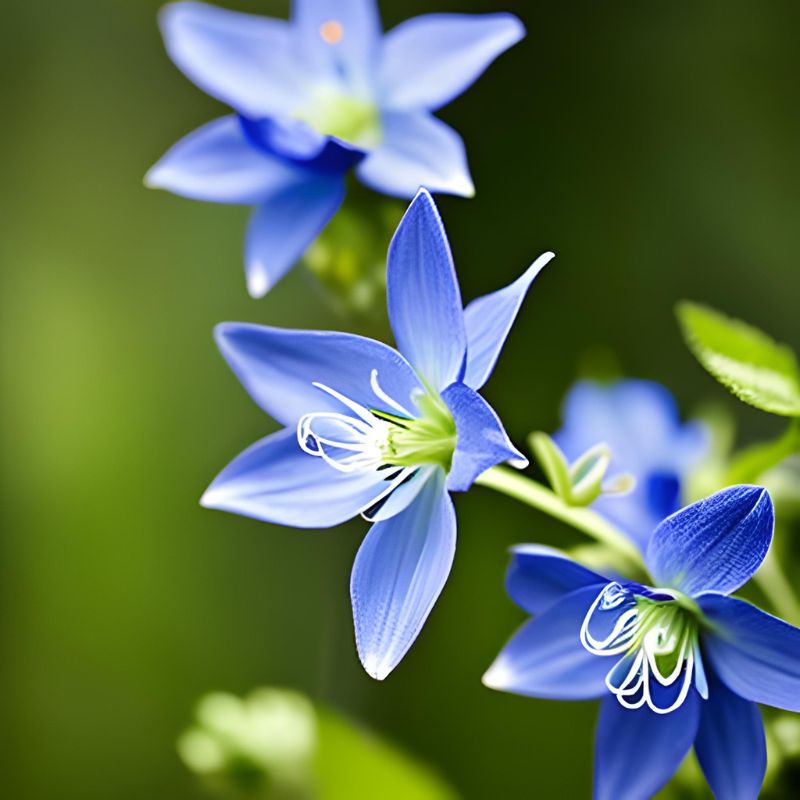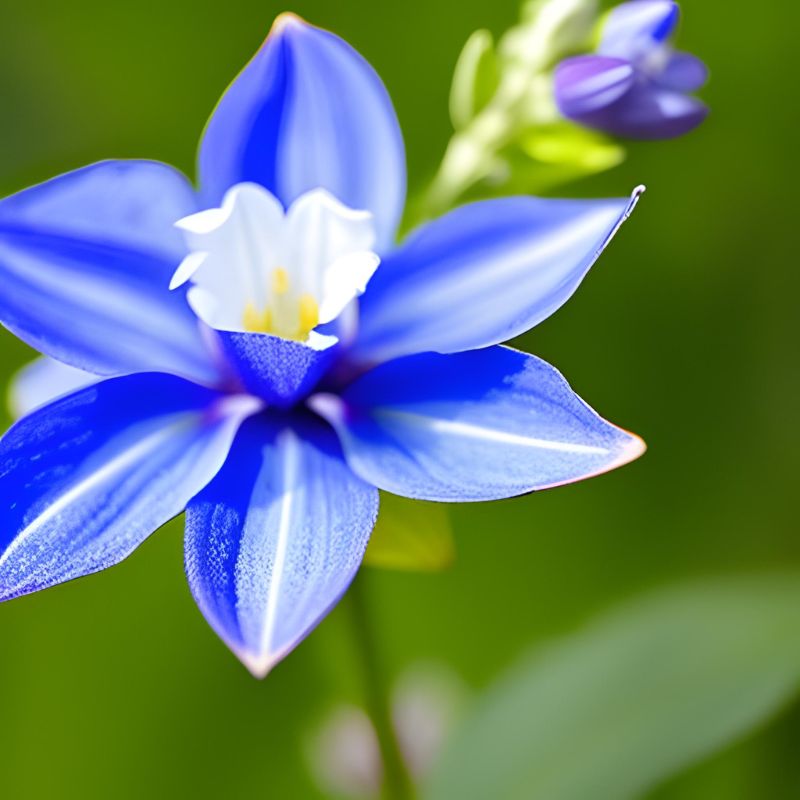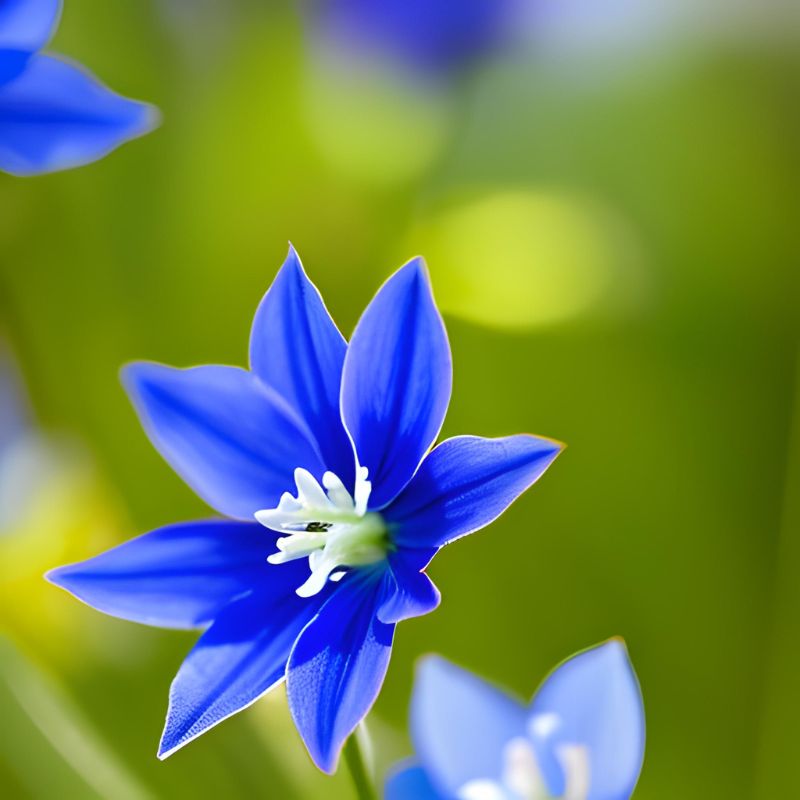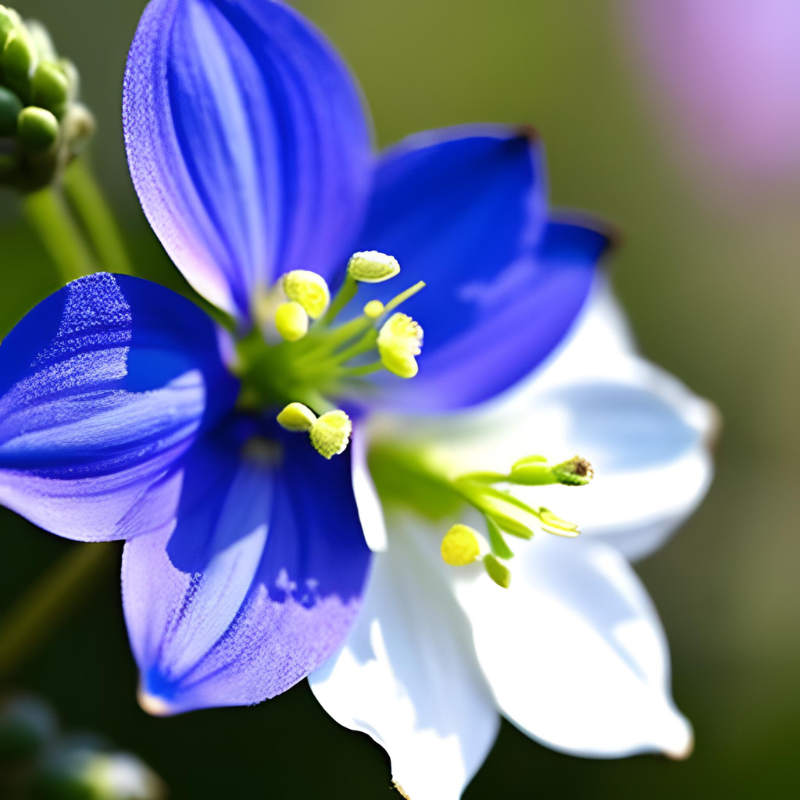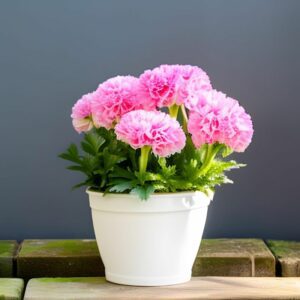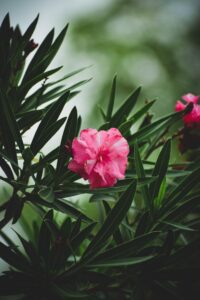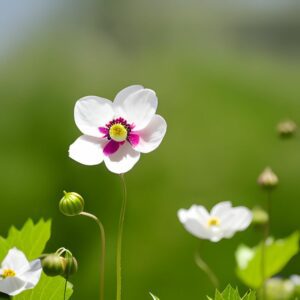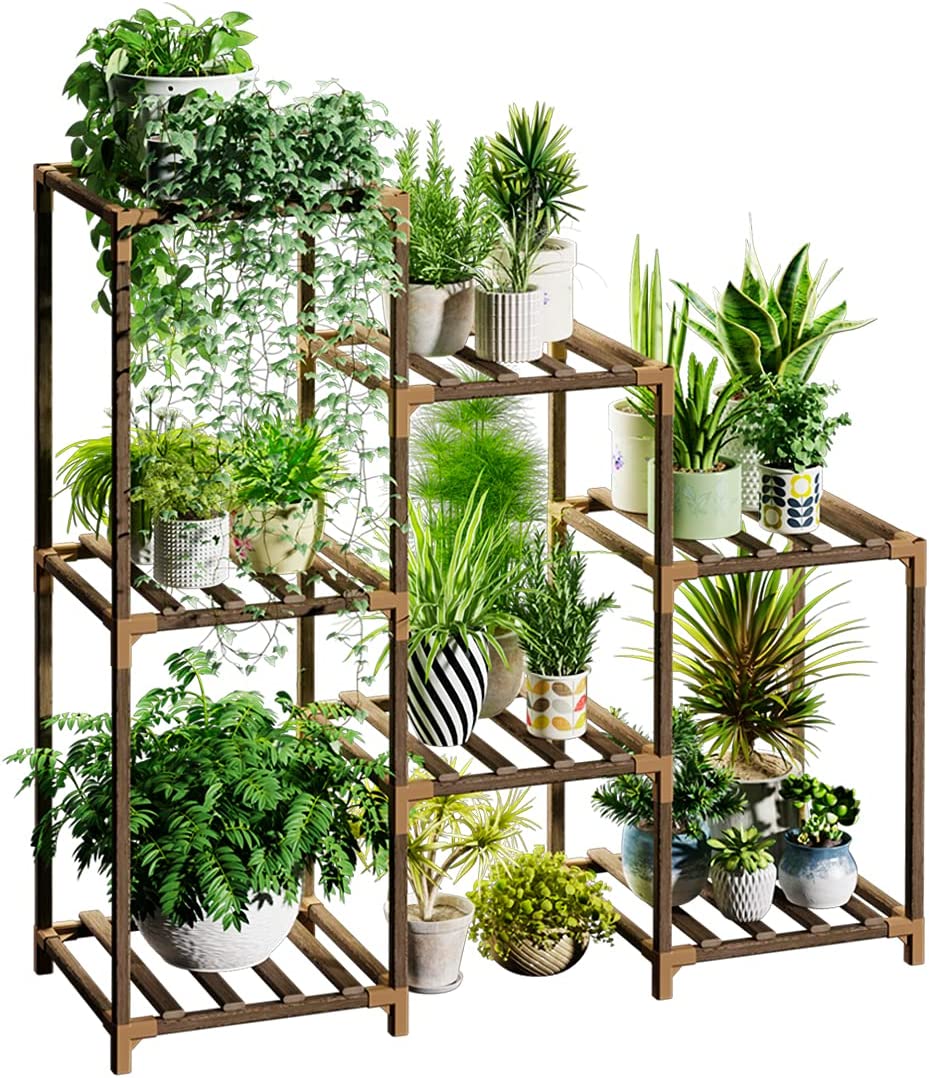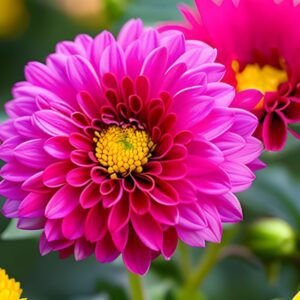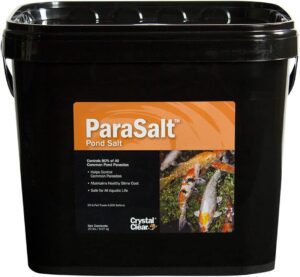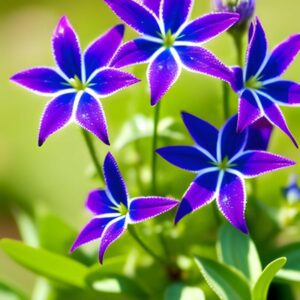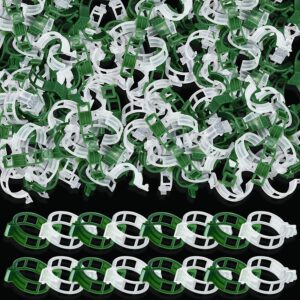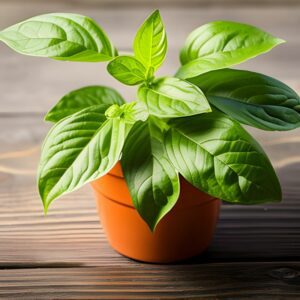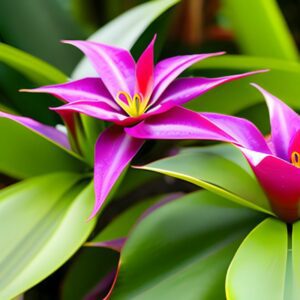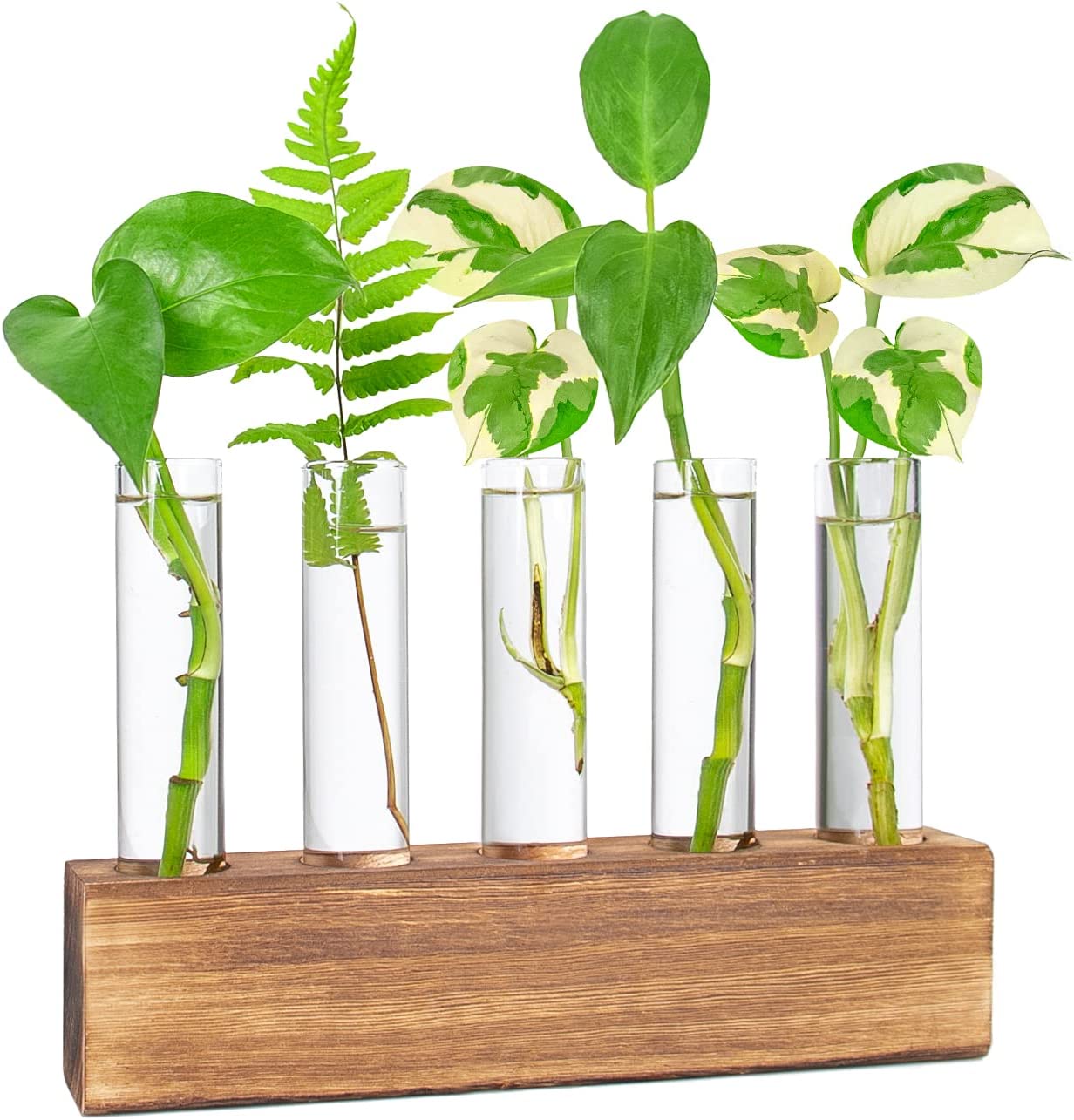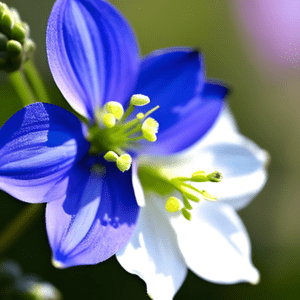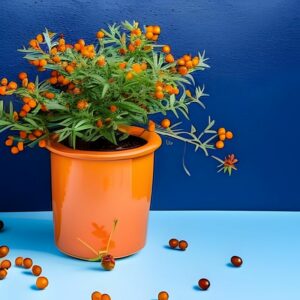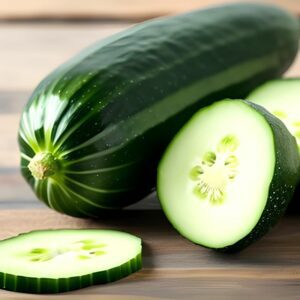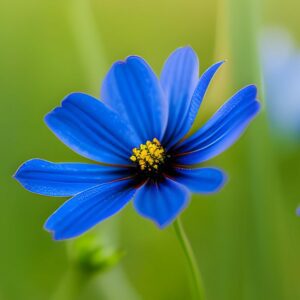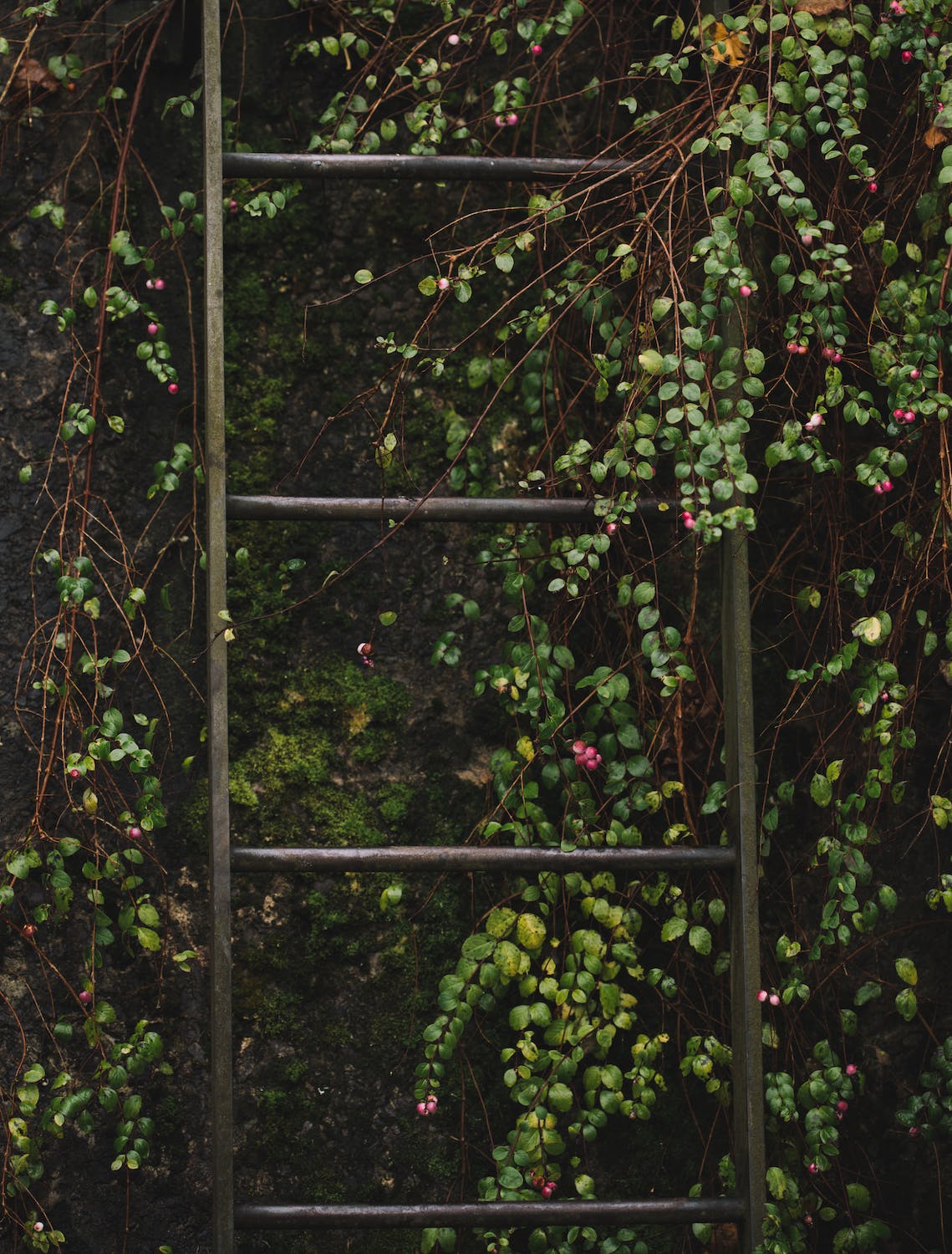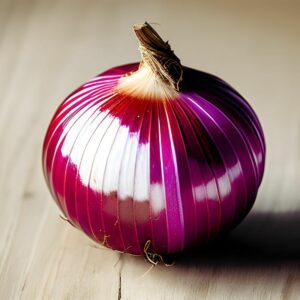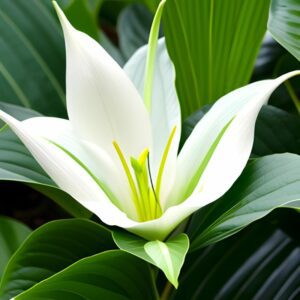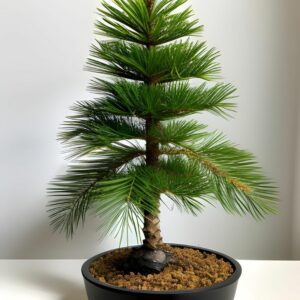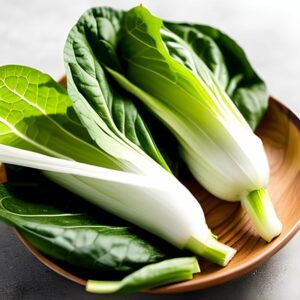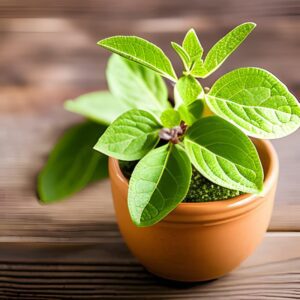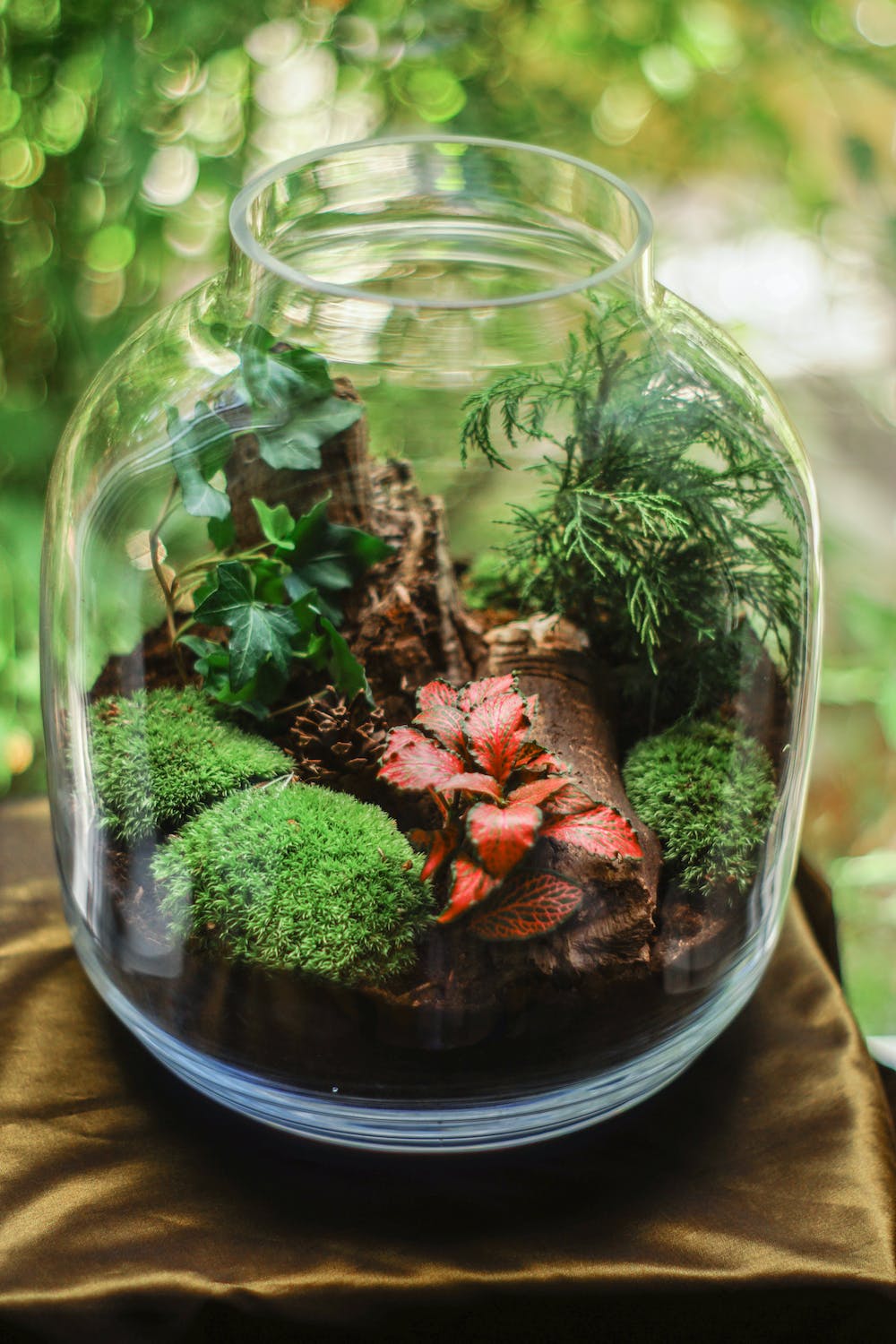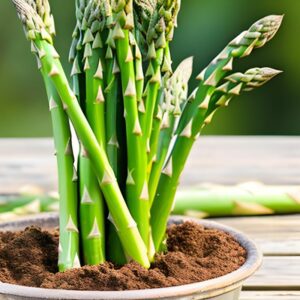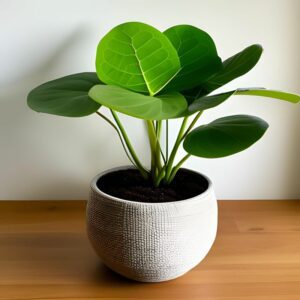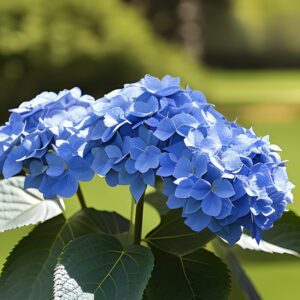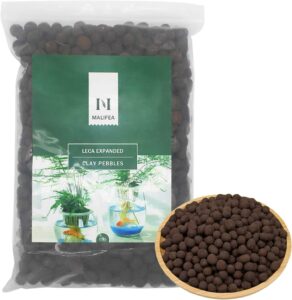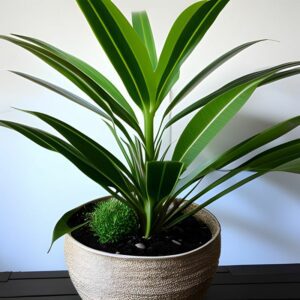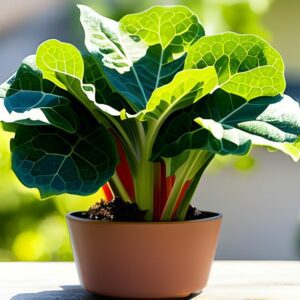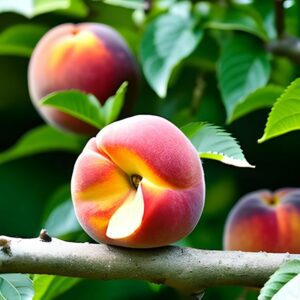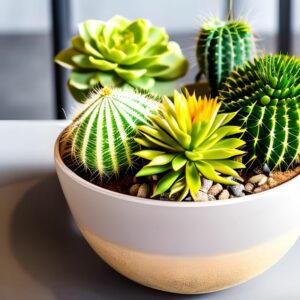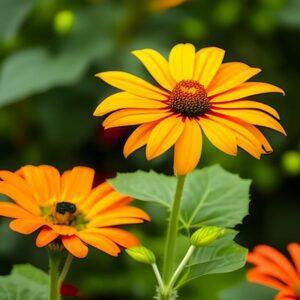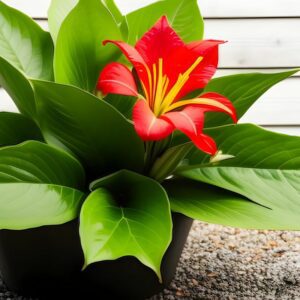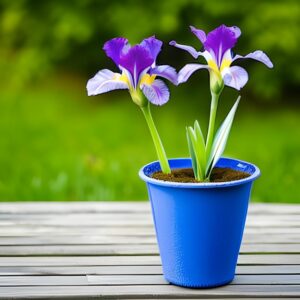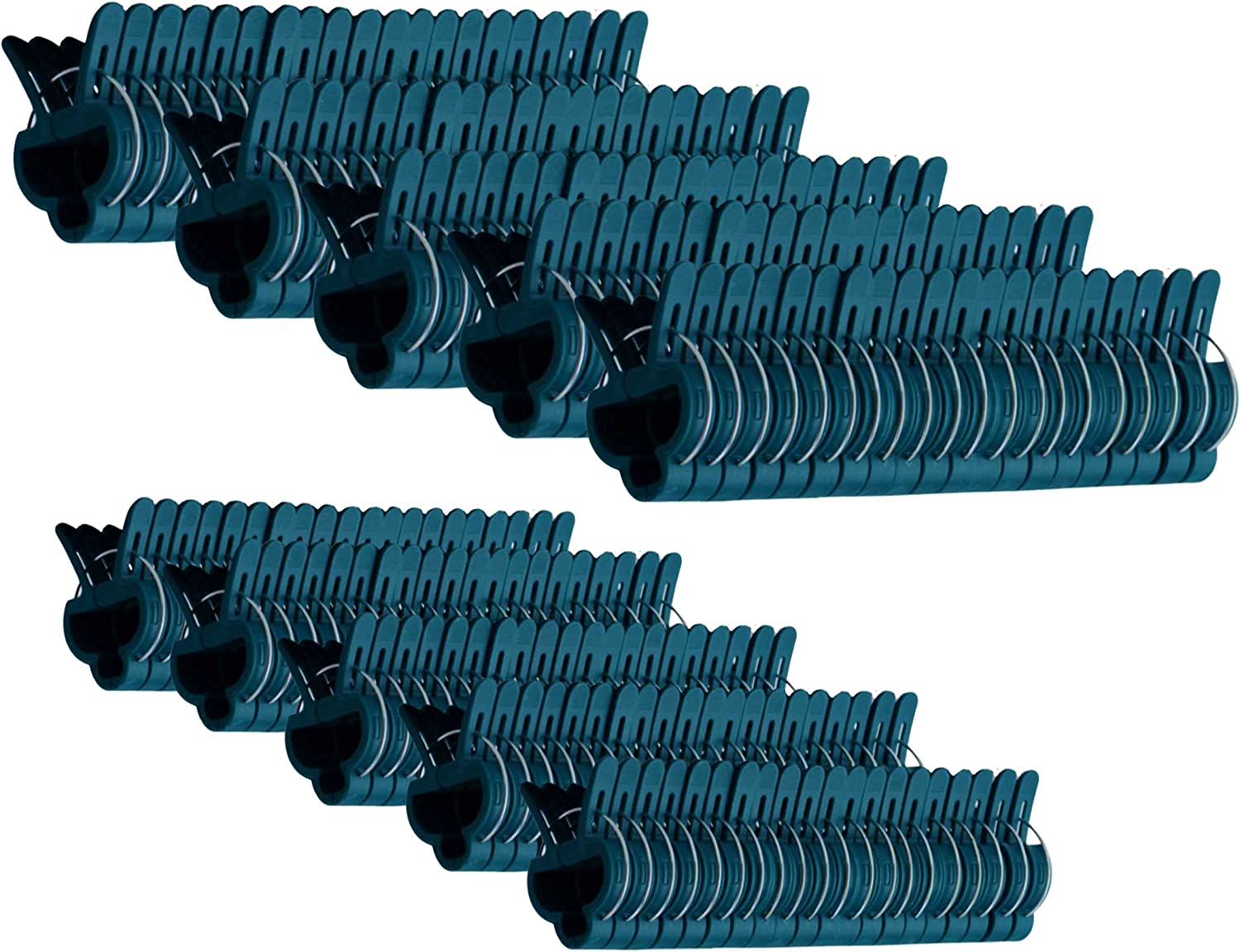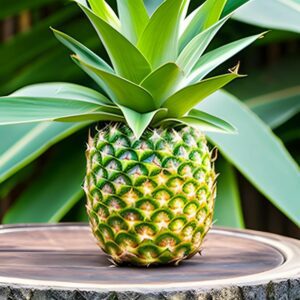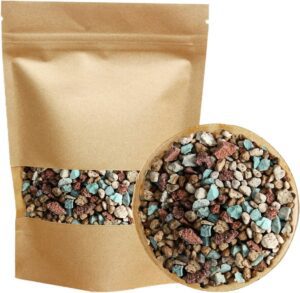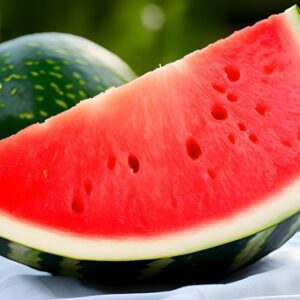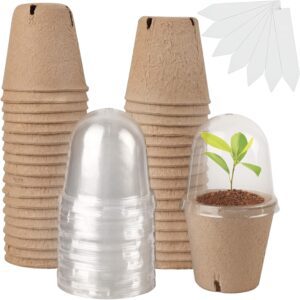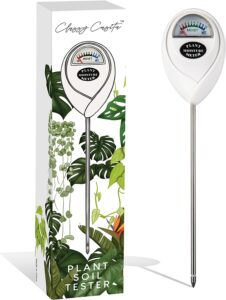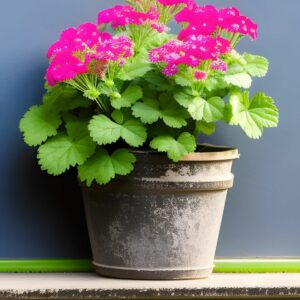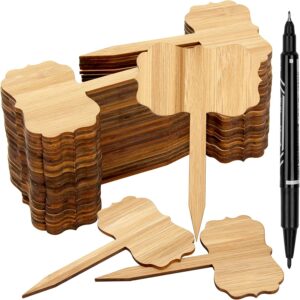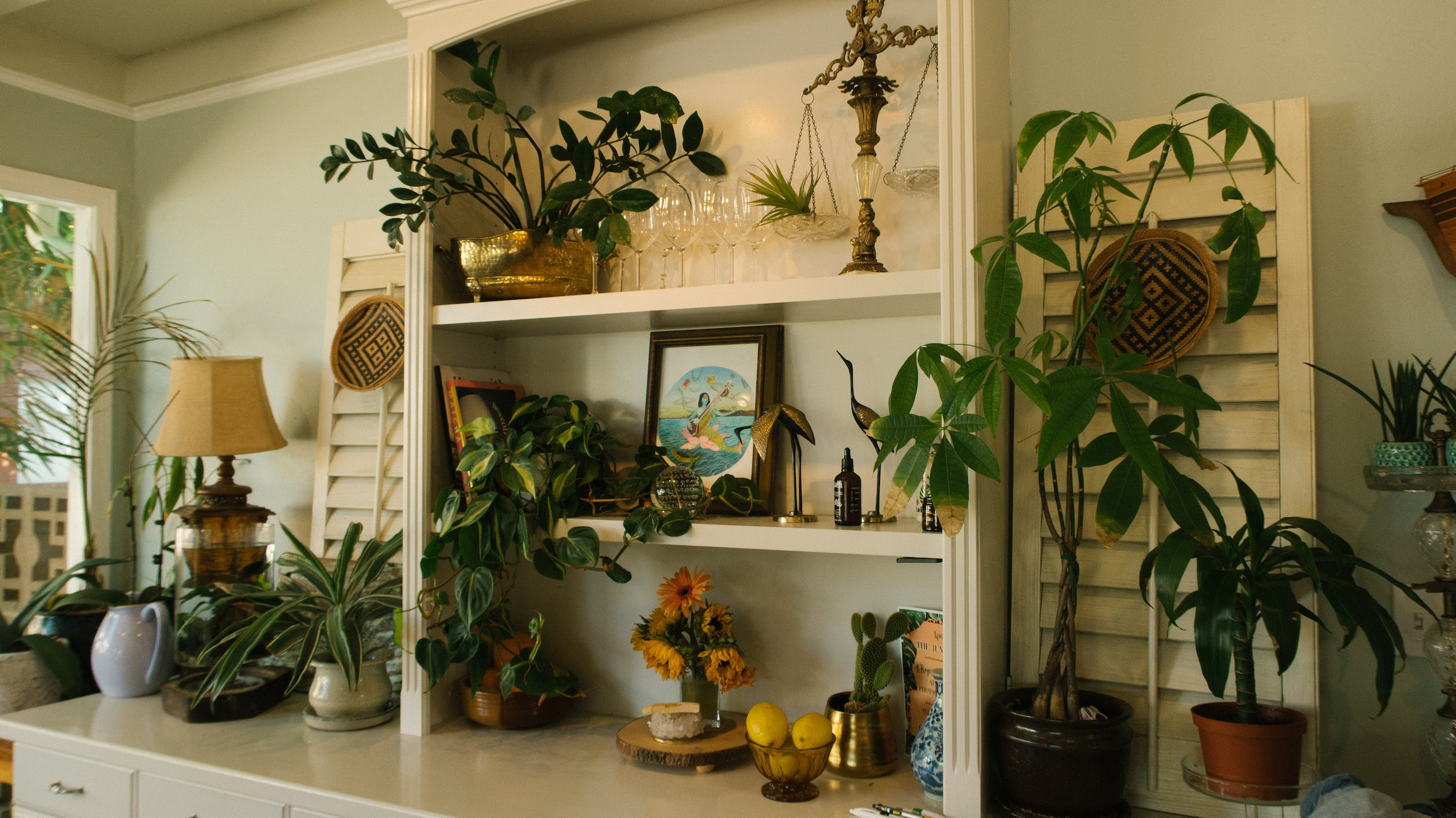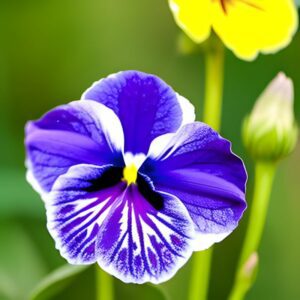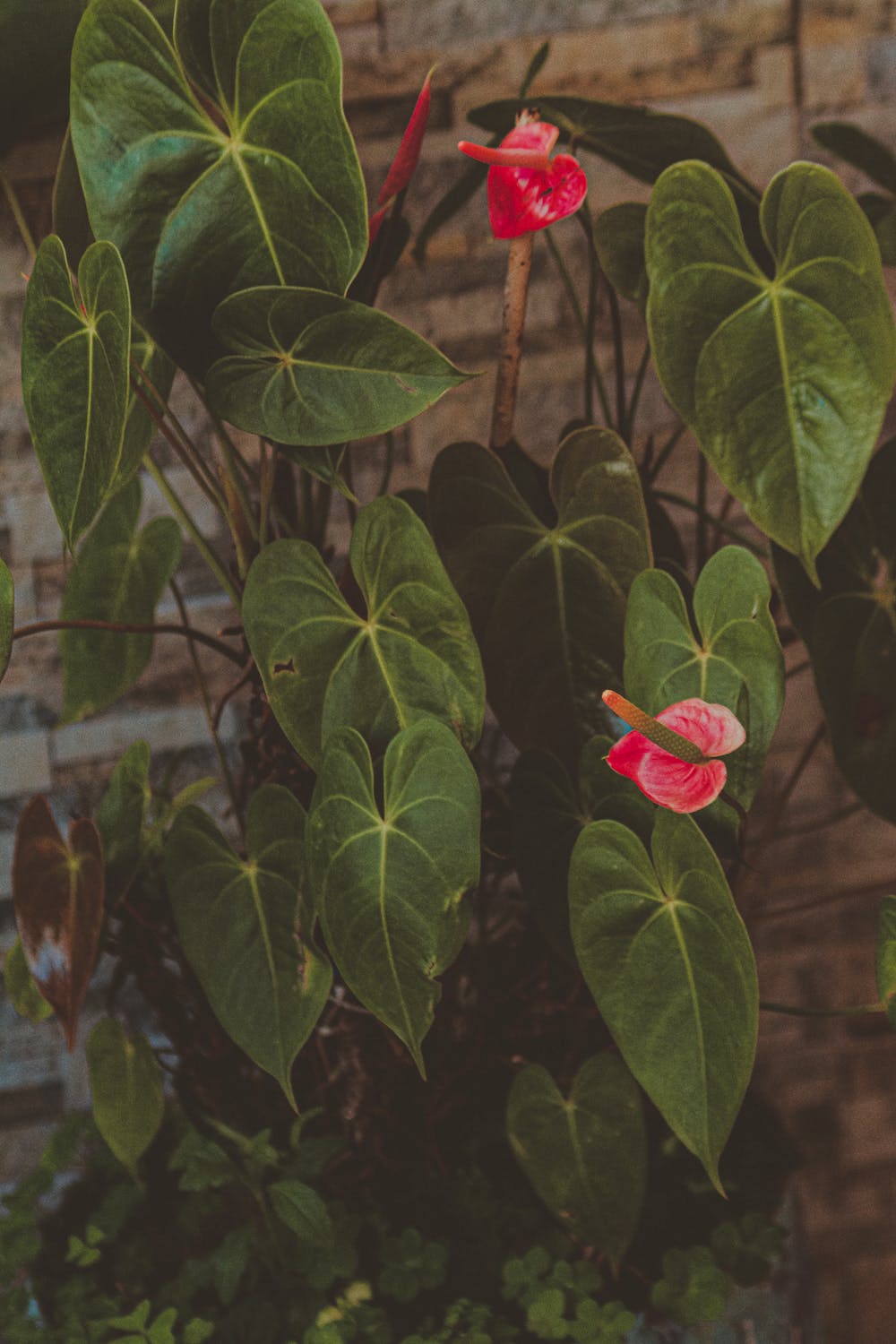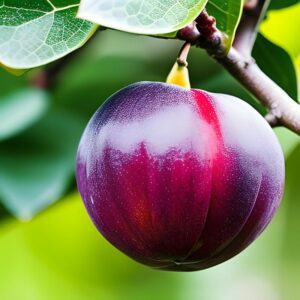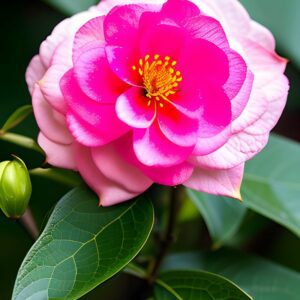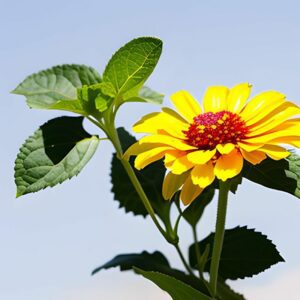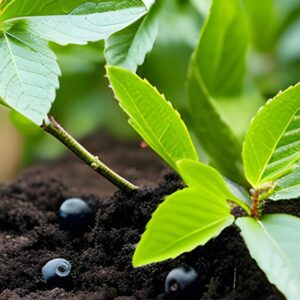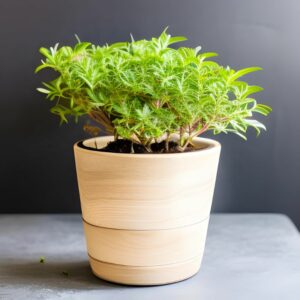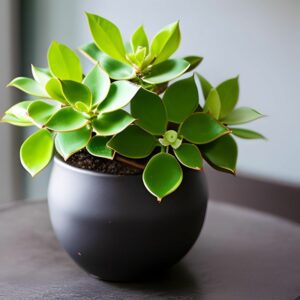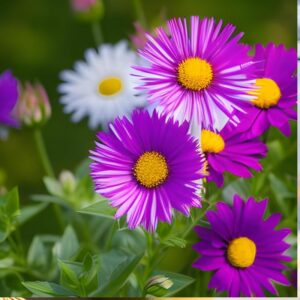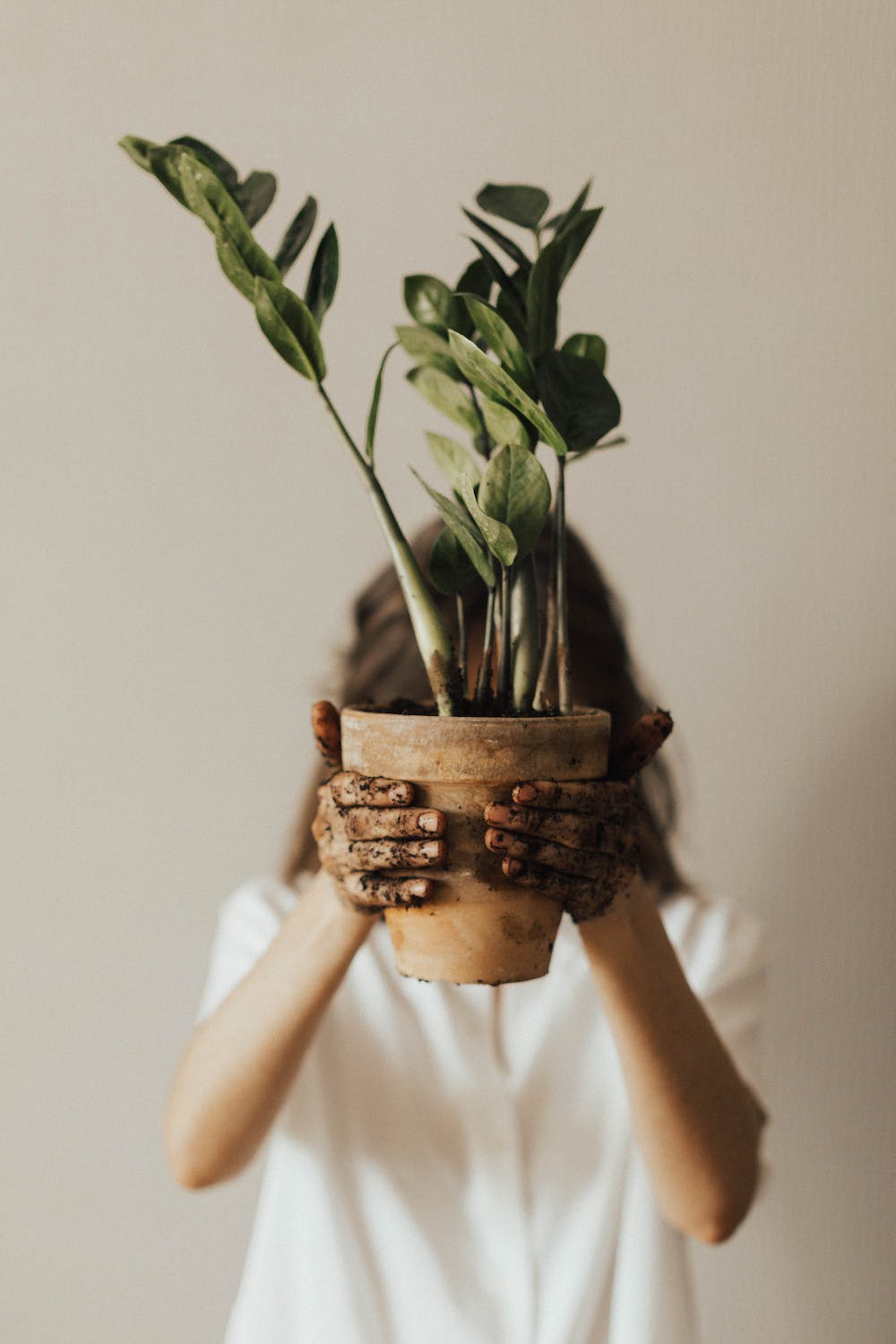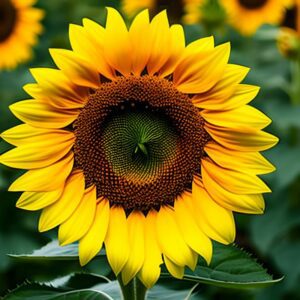Delphinium
Flower
- World Wide
- Moderate
- 1-2 years
Introduction
Delphinium is a stunning perennial flower known for its tall spikes of vibrant blue blooms. It is highly prized for its elegant and graceful appearance, making it a favorite in cottage gardens and floral arrangements. Delphiniums also come in other colors, but the blue varieties are particularly popular. They are commonly used as cut flowers or grown in borders and mixed flower beds.
Plant Characteristics
Delphinium plants can reach heights of 3-6 feet, depending on the variety. They feature a central stem with numerous flowers clustered along erect spikes. The flowers have a distinct shape resembling a dolphin’s nose, hence the plant’s name. The blooms can range in shades of blue, from light pastels to deep indigo, and some varieties have contrasting white or dark centers.
Ideal Growing Conditions
Delphiniums thrive in areas with cool summers and moderate temperatures. They prefer full sun exposure but can tolerate light shade in hotter regions. The soil should be fertile, well-draining, and rich in organic matter. Regular watering is essential, as delphiniums require consistent moisture to thrive. Provide support, such as stakes or trellises, to prevent the tall flower spikes from toppling over.
Planting Guide
Plant delphinium seeds or young plants in spring or early summer. Prepare the soil by loosening it and removing any weeds. Sow the seeds or place the plants at the desired spacing, typically 12-18 inches apart. Lightly cover the seeds with soil, as they require light for germination. Water gently to keep the soil moist until the seeds germinate.
Watering and Fertilizing
Water delphiniums regularly to keep the soil evenly moist but not waterlogged. Avoid overhead watering, as it can increase the risk of fungal diseases. Apply a balanced, slow-release fertilizer in early spring to promote healthy growth. Supplement with a liquid fertilizer every 4-6 weeks during the growing season.
Pruning and Maintenance
After blooming, remove spent flower spikes to encourage the development of new blooms. Cut the stems back to the base or to a lower leaf node. In regions with harsh winters, cut the entire plant back to a few inches above the ground in late fall or early spring. This helps protect the plant and promotes vigorous growth in the next season.
Harvesting or Flowering
Delphiniums typically bloom from early to mid-summer, with the flowering period lasting several weeks. Deadhead spent flowers regularly to prolong the blooming season and prevent self-seeding. Some varieties may produce a second flush of blooms if cut back after the initial flowering.
Post-Harvest Care
After the flowering season, allow some flowers to go to seed if you wish to collect them for propagation. Cut back the remaining flower spikes to maintain a tidy appearance. Apply a layer of mulch around the base of the plants to help retain moisture and suppress weeds.
Troubleshooting
Delphiniums are susceptible to certain pests and diseases, including aphids, slugs, and powdery mildew. Monitor your plants regularly and take appropriate measures if any issues arise. Provide good air circulation and avoid overcrowding to reduce the risk of disease. Additionally, staking the tall flower spikes can prevent damage caused by strong winds or heavy rain.
Fun Facts
Delphiniums are often associated with symbolism, representing love, joy, and grace. The name “delphinium” is derived from the Latin word “delphinus,” meaning dolphin, due to the flower’s resemblance to a dolphin’s nose. These beautiful blue blooms attract pollinators like bees and butterflies to the garden, contributing to the overall ecosystem.
